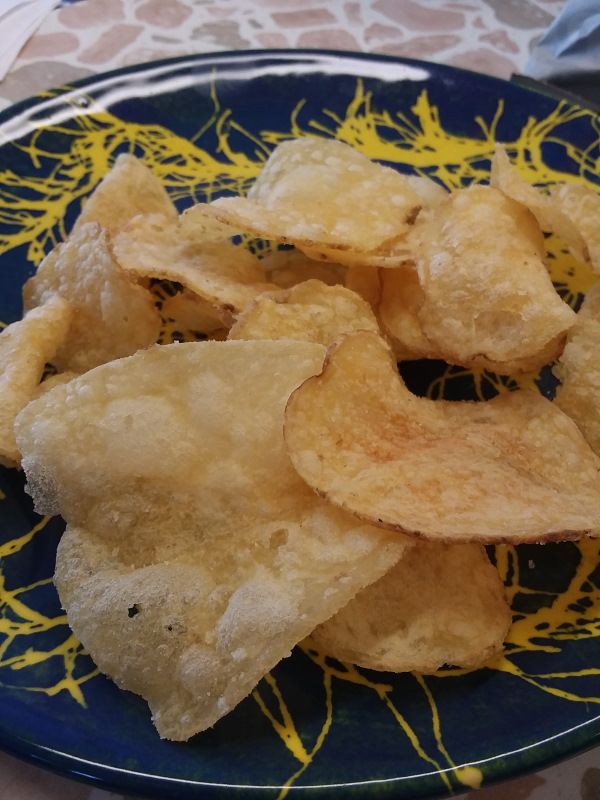The humble potato made the news recently, kinda sorta. Toy mega-company Hasbro announced that they're changing the name of their venerable Mr. Potato Head toy to simply Potato Head. Seems a bit less genteel, if you ask me. Otherwise the toy remains the same – a bunch of plastic body parts you attach to a plastic potato simulacrum body.
One thing I learned in the ensuing brouhaha was that, when
the toy was introduced back in 1952, you only got the parts with the
expectation being that you'd provide a real spud to attach them to.
This was a very American toy in that the potato is an
American vegetable. If you see a potato being eaten on television by medieval
knights before they go a-jousting, you know it's bunk. Potatoes didn't make it
over to Europe until the 16th century. They grew wild for who knows how long around parts of South American until they were domesticated in a region
that is now part of Peru several thousands of years ago. The Incas believed in
a potato goddess named Axomamma which makes me think the Grateful Dead might
have been tripping and eating potato chips when they came up with the name of
their third album.
Although the Hy-Vee bag is a little on the spartan side, it
does feature a reusable seal, a new feature for potato chips bags in my
experience. Once opened, the chips smell like a pan full of fried potatoes that
you're going to have with some schnitzel. They look to be of a slightly thicker
cut than normal.
In addition to loving all that acetic acid, I was really
surprised that some muckety mucks at Hy-Vee actually approved these potent
potatoes. They are really, really good.
As I write, this review is the end of phase 1 of my salt & vinegar potato chip quest. Or maybe it's phase 2 since I did a few reviews back in 2005 or so. Anyway, I've been to 5 different grocery stores as of late and have now sampled every salt & vinegar potato chip I've come across. Well, that's not true. There is an organic version of one brand's chip that I haven't tried. And, no, I don't consider Pringles to be potato chips. They're like a processed potato food product, the Velveeta of potato chips. And so, it may take me a little while to find some new chips to review. There are more grocery stores to scour and convenience stores galore.


No comments:
Post a Comment